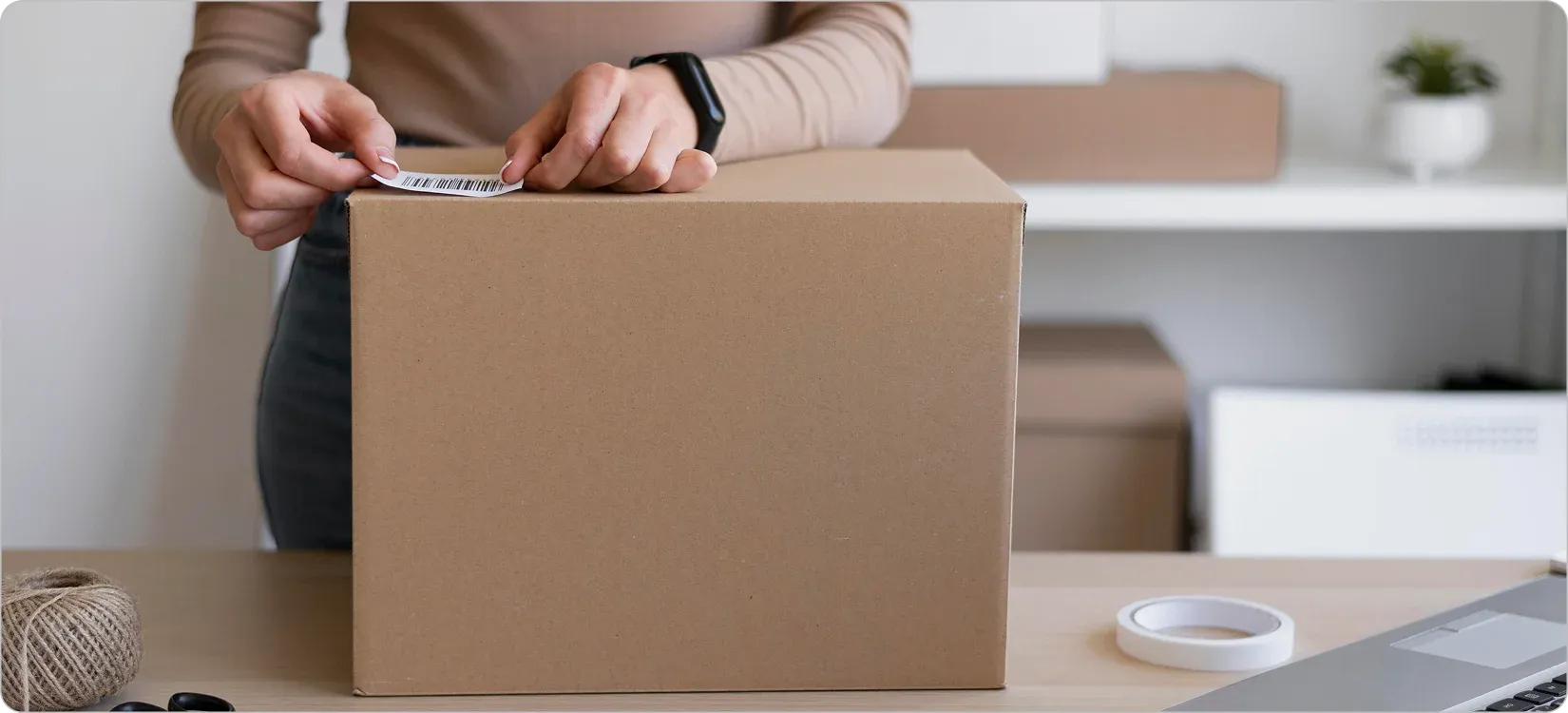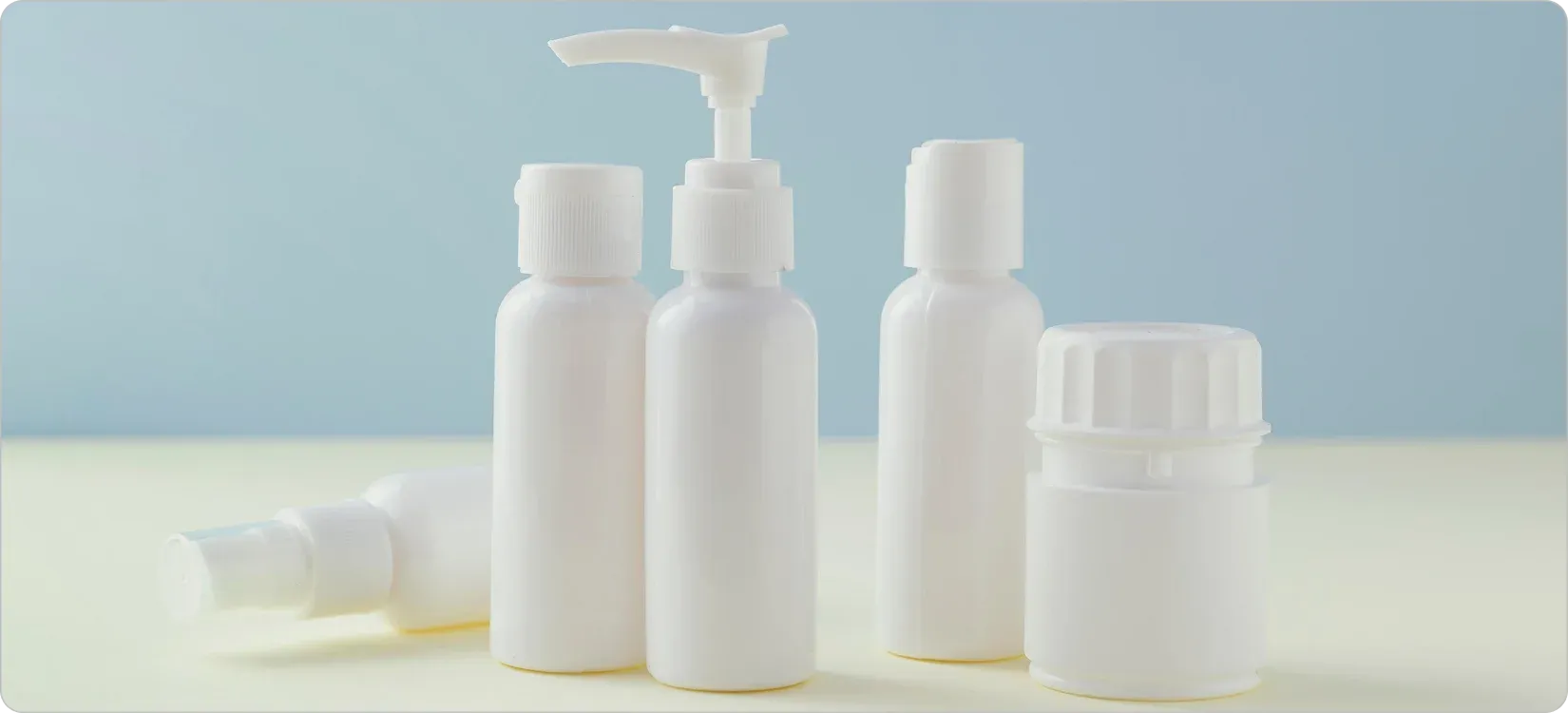Packaging isn’t just about enclosing a product, it’s about shaping how people experience your brand. Every box, bottle, and wrap says something about who you are and what you stand for. At our company, we’ve seen how the right packaging choice can transform not only how a product looks but also how efficiently it moves through the supply chain and how customers remember it afterward.
Choosing the right packaging material isn’t simply about cost or availability. It’s about finding the perfect balance between protection, presentation, and practicality. Different materials serve different purposes, and when used smartly, they can make your brand’s packaging both functional and memorable.
Here’s a closer look at the main types of packaging materials we work with and how each can add value to your brand.
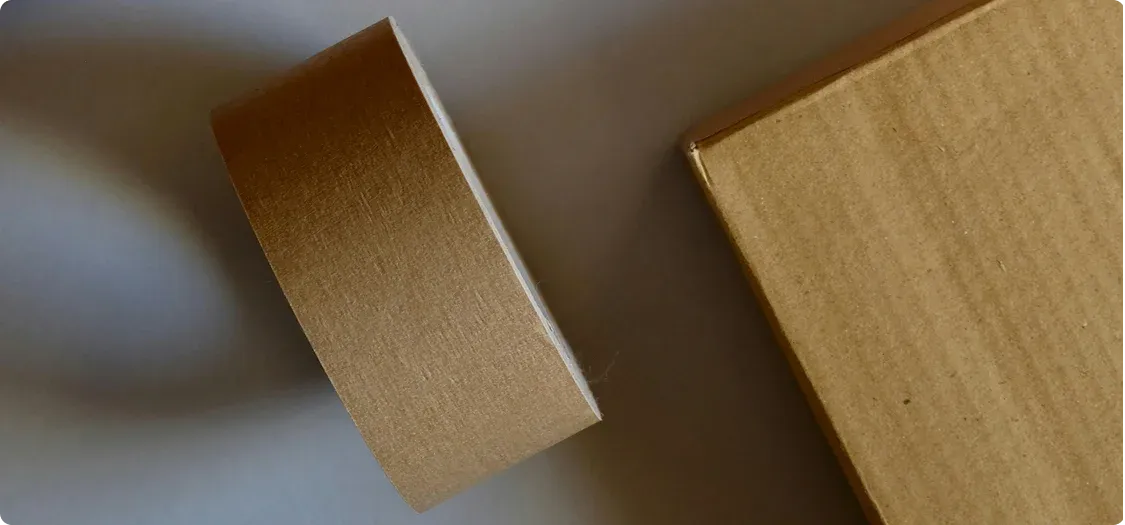
1. Paper and Cardboard: The Dependable All-Rounder
Paper and cardboard remain the most versatile materials in modern packaging. They’re lightweight, strong, and easy to customize whether you need sturdy shipping boxes or sleek retail cartons. For many brands, they strike the ideal balance between practicality and presentation.
We often recommend paper-based packaging to clients looking for flexibility and visual impact. Corrugated cardboard, for instance, offers exceptional strength for shipping and storage while remaining cost-effective. Paperboard, on the other hand, provides a smooth surface perfect for printing vibrant designs and brand messaging, making it ideal for retail packaging. Even simple kraft paper adds warmth and authenticity to unboxing experiences, especially for lifestyle or eco-conscious products.
Paper packaging also performs well from a logistical standpoint. It’s stackable, lightweight, and compatible with most printing and finishing techniques. Whether you want premium embossing or minimalist branding, paper adapts effortlessly. And while sustainability isn’t our only focus, the recyclability of paper-based packaging adds a responsible edge that resonates with both businesses and consumers today.
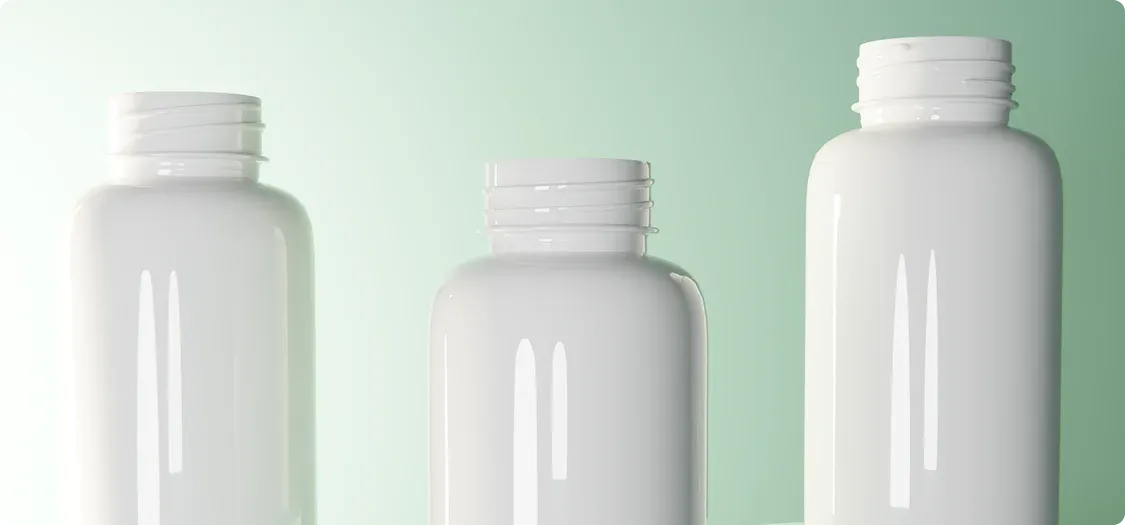
2. Plastic: Lightweight, Durable, and Exceptionally Adaptable
Plastic remains one of the most functional and diverse packaging materials available. It offers flexibility in shape, excellent barrier protection, and the ability to showcase products through transparent designs. For brands that prioritize performance and practicality, plastic packaging continues to be a reliable choice.
We work with a range of plastic solutions tailored to different needs, from flexible pouches and shrink wraps to rigid bottles and containers. For food and beverage brands, plastic offers excellent moisture and oxygen barriers, extending shelf life without compromising visibility. In personal care and household products, it provides both durability and design freedom you can mold it into virtually any shape or size to suit your brand identity.
What makes plastic smart today is how it’s being used. The industry is moving toward recyclable, reusable, and even bio-based plastics, allowing brands to enjoy the benefits of traditional plastic without the environmental drawbacks. Our team helps clients explore these newer alternatives, balancing performance with responsibility, without driving up costs unnecessarily.
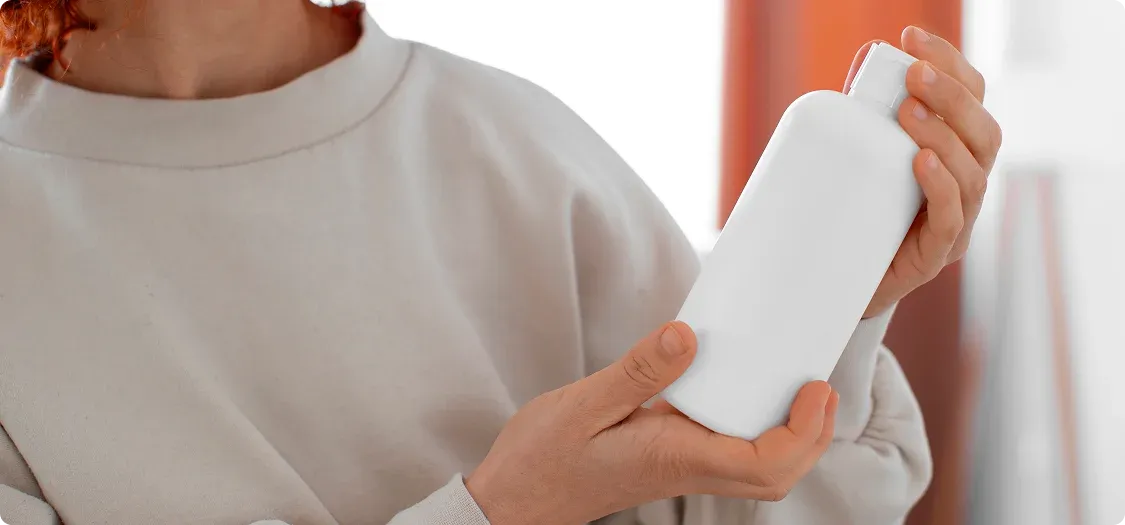
3. Glass: Timeless, Premium, and Pure
There’s a reason glass has never gone out of style. It exudes quality and permanence. For brands that want to create a sense of luxury or purity, glass packaging is a natural fit.
We often recommend glass for products where appearance and preservation matter equally such as gourmet foods, beverages, fragrances, and skincare lines. It’s non-reactive, ensuring that what’s inside stays exactly as intended. And because it’s transparent, it lets your product do the talking.
From a design perspective, glass offers a canvas for creativity, embossed logos, tinted finishes, and textured surfaces can instantly elevate perceived value. Although heavier than plastic, the premium feel of glass packaging often justifies the cost for high-end brands. We also help clients manage shipping and storage challenges by using lighter glass variants or protective secondary packaging to ensure safety without sacrificing aesthetics.
Glass packaging makes a statement that your brand values quality, craftsmanship, and attention to detail.
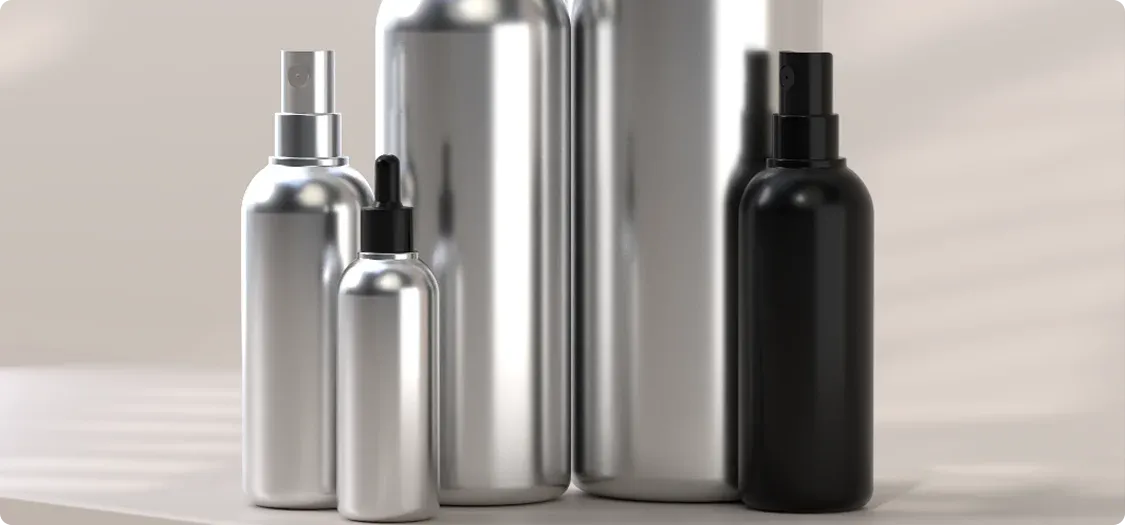
4. Metal: Strength, Security, and Style
Metal packaging particularly aluminum and tin, brings together functionality and a refined look that suits many product categories. It’s durable, tamper-proof, and highly effective in protecting against air, light, and moisture.
We frequently recommend metal for clients in the food, beverage, and industrial sectors, where product integrity is critical. Aluminum cans, tins, and aerosol containers offer exceptional sealing and long shelf life. But beyond performance, metal also has strong visual appeal. Its clean, modern finish gives brands a contemporary edge, whether it’s a matte black coffee tin or a glossy beverage can.
Another major advantage of metal is its recyclability. It can be reused indefinitely without losing strength or quality, a fact that adds long-term value for both brands and the environment. Combined with its resilience and premium appearance, metal packaging can be a powerful choice for companies that value both durability and design.
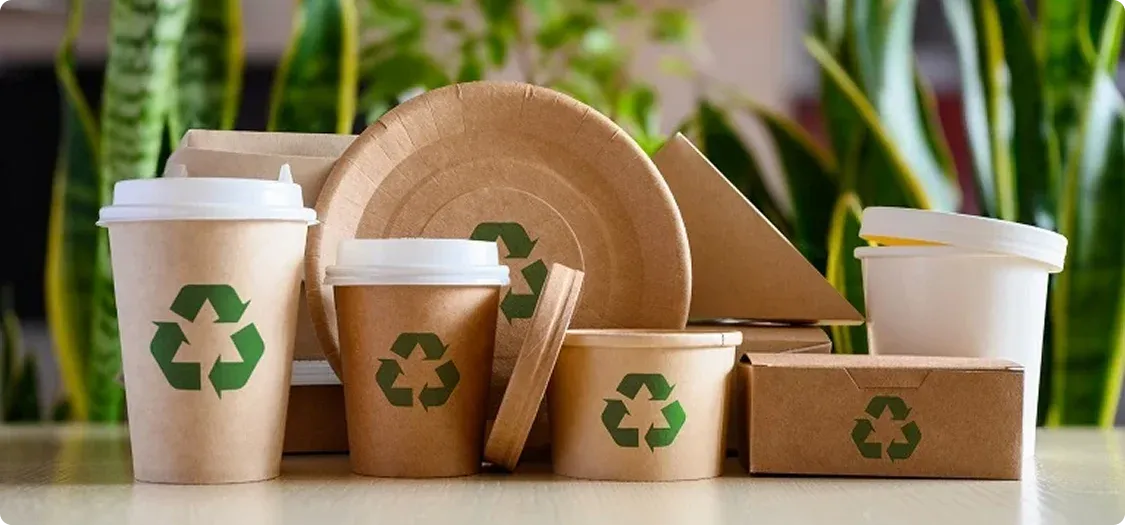
5. Biodegradable and Compostable Packaging: Smarter Choices for a Changing World
As the packaging landscape evolves, biodegradable and compostable materials are becoming a key part of brand strategy. They’re made from renewable sources like corn starch, sugarcane, or bamboo, and designed to break down naturally over time.
While sustainability isn’t every brand’s main focus, many of our clients are exploring these materials to meet growing customer expectations. Compostable mailers, plant-based films, and molded fiber trays are now practical, scalable options especially for eCommerce and food businesses looking to reduce waste.
We guide brands through the process of selecting eco-alternatives that make sense for their products and logistics. The goal isn’t just to appear eco-friendly, but to make changes that align with how the brand operates and grows. When used strategically, biodegradable materials don’t just help the planet they help strengthen brand reputation and trust.
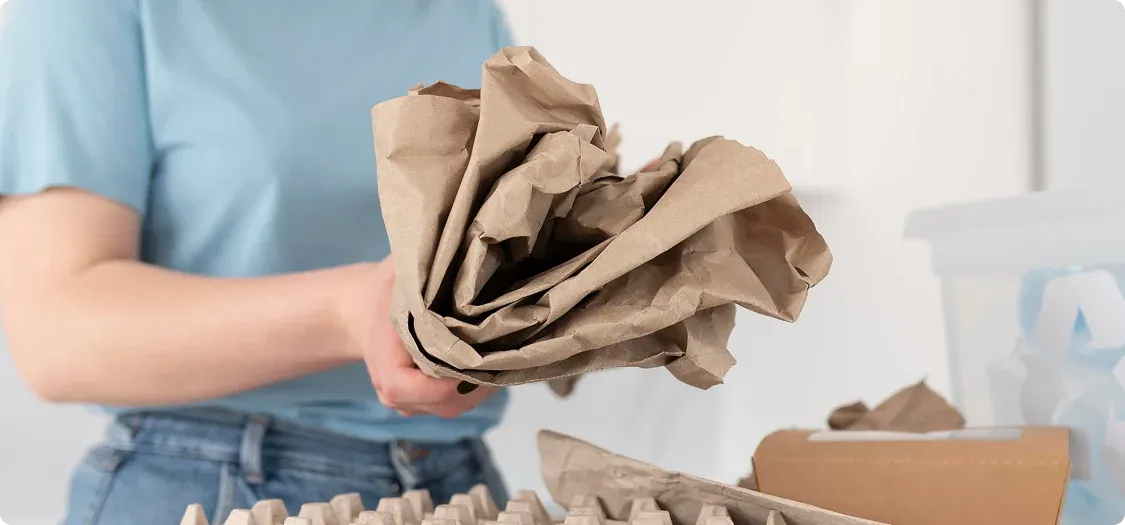
6.Cushioning and Protective Packaging: Safeguarding Your Brand Promise
Protective packaging often goes unnoticed, but it’s one of the most crucial parts of a brand’s packaging strategy. After all, a product’s journey doesn’t end when it leaves the warehouse it needs to arrive in perfect condition.
We offer a range of protective solutions from molded pulp inserts to biodegradable void fillers and air cushions all designed to minimize movement and prevent breakage during transit. For delicate items like glassware, electronics, or cosmetics, custom-fit inserts ensure every piece stays secure.
Choosing the right cushioning isn’t just about protection; it’s about efficiency and perception. Well-designed interior packaging reduces material waste, optimizes storage, and enhances the unboxing experience. When your customers open their order and everything inside is perfectly intact, that’s your brand’s reliability on display.
7. Fabric and Reusable Packaging: Elevating the Experience
Some packaging isn’t meant to be thrown away, it’s meant to be kept. Fabric and reusable packaging are increasingly popular among premium brands that value experience as much as product quality.
From cotton pouches for cosmetics to jute or canvas bags for retail, these options add a personal, high-end touch. They not only protect the product but also extend your brand’s visibility long after purchase. A customer who reuses a branded cloth bag or box becomes an ambassador for your business without even realizing it.
We help brands design reusable packaging that feels intentional, elegant yet functional, sustainable yet stylish. It’s an investment in perception, loyalty, and long-term recognition.
Our Approach to Smart Packaging That Works for Your Brand
Every product is different, and so is every packaging requirement. Our role is to help brands find materials that align with their goals whether that’s reducing damage rates, improving shelf appeal, optimizing shipping efficiency, or introducing sustainable alternatives.
We combine technical expertise with practical insight to develop packaging that looks good, performs well, and adds value at every stage of your supply chain. Because at the end of the day, packaging isn’t just something that protects your product it’s something that protects your brand.
